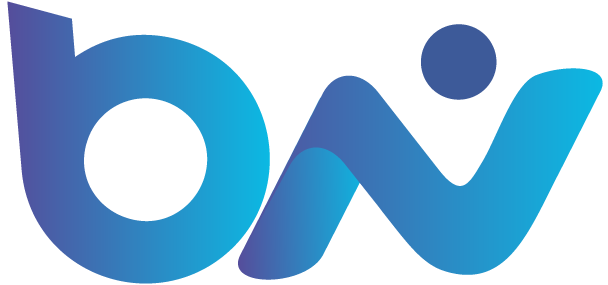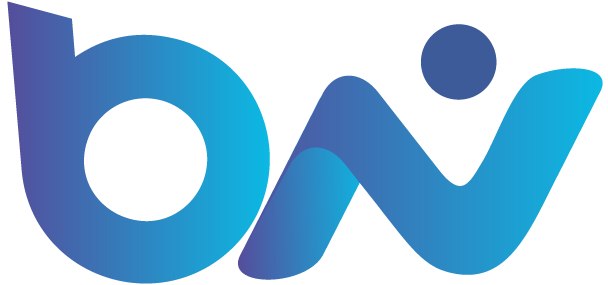The global digital lending market size has seen remarkable growth in recent years, reaching a value of USD 8.89 billion in 2024. With advancements in technology, increasing smartphone penetration, and improved internet connectivity, the lending process has become faster, more accessible, and entirely paperless. These factors have transformed traditional lending, giving rise to digital platforms that offer on-demand, convenient financial services. The market is expected to grow at a compound annual growth rate (CAGR) of 15.50% from 2025 to 2034, reaching a projected value of USD 37.56 billion by 2034.
This blog delves into the key drivers, challenges, market trends, and segmentation of the digital lending industry, offering insights into the future growth potential of this rapidly evolving sector.
Market Overview and Growth Drivers
The digital lending market is expanding rapidly, thanks to several key growth drivers:
1. Increasing Smartphone Adoption and Internet Penetration
The widespread adoption of smartphones and improved internet connectivity have revolutionised the financial sector. Consumers can now access digital lending platforms from anywhere, enabling instant loan approvals and disbursements. This trend is particularly strong in emerging economies, where mobile technology bridges the gap between traditional banking services and underserved populations.
2. Growing Demand for On-Demand and Convenient Financial Services
Today’s consumers value speed, convenience, and flexibility in financial services. Digital lending platforms offer quick approvals, minimal paperwork, and 24/7 accessibility, meeting the needs of individuals and businesses seeking hassle-free loans. This shift towards instant gratification in financial services is a major driver of the digital lending market.
3. Advancements in Financial Technology (FinTech)
Innovations in artificial intelligence (AI), machine learning (ML), big data, and blockchain have streamlined the lending process. These technologies enable automated credit assessments, fraud detection, and personalised loan offerings, improving the efficiency and security of digital lending platforms.
4. Rise of Peer-to-Peer (P2P) and Non-Banking Financial Companies (NBFCs)
The rise of P2P lending platforms and NBFCs has disrupted traditional banking models. These platforms connect borrowers directly with lenders, reducing intermediaries and offering competitive interest rates. This democratization of lending has opened new opportunities for both consumers and small businesses.
5. Regulatory Support and Financial Inclusion Initiatives
Governments and regulatory bodies worldwide are promoting financial inclusion by supporting digital lending platforms. Policies aimed at increasing access to credit for underserved populations, especially in rural areas, have significantly contributed to market growth.
Market Challenges
Despite its rapid growth, the digital lending market faces several challenges:
1. Data Privacy and Security Concerns
Digital lending platforms collect and store sensitive personal and financial information, making them potential targets for cyberattacks and data breaches. Ensuring robust cybersecurity measures and compliance with data protection regulations is crucial for building consumer trust.
2. Regulatory Compliance and Legal Hurdles
The regulatory landscape for digital lending is complex and varies across regions. Platforms must navigate different legal frameworks, licensing requirements, and compliance standards, which can hinder their ability to expand globally.
3. Credit Risk and Loan Defaults
With the ease of accessing loans, there’s an increased risk of loan defaults and credit fraud. While advanced algorithms and credit scoring models help mitigate these risks, unsecured lending remains a challenge for digital lenders.
4. Lack of Financial Literacy Among Consumers
In many regions, consumers still lack the financial literacy needed to understand the terms and conditions of digital loans. This can lead to misuse of credit, over-borrowing, and financial distress, which ultimately affects the market’s credibility.
Key Market Trends (2025-2034)
Several trends are shaping the future of the digital lending market:
1. Integration of Artificial Intelligence and Machine Learning
AI and ML are playing a transformative role in digital lending by enabling automated credit scoring, risk assessment, and fraud detection. These technologies provide personalised loan offers based on individual financial behaviour, enhancing customer satisfaction and reducing operational costs.
2. Growth of Embedded Finance and BNPL (Buy Now, Pay Later)
Embedded finance and BNPL solutions are becoming increasingly popular, allowing consumers to access credit at the point of purchase. This trend is particularly strong in the e-commerce sector, where seamless payment options enhance the shopping experience and drive loan demand.
3. Expansion of Blockchain and Smart Contracts
Blockchain technology ensures secure, transparent, and tamper-proof transactions, making it ideal for digital lending. Smart contracts automate loan disbursements and repayments, reducing administrative costs and improving efficiency.
4. Rise of Micro-Lending and Nano-Credit
Digital platforms are offering micro-loans and nano-credit to cater to low-income individuals and small businesses. These small, short-term loans promote financial inclusion and help borrowers build credit histories, contributing to broader economic growth.
5. Focus on Sustainable and Ethical Lending Practices
Consumers and regulators are increasingly prioritising sustainable lending practices that promote financial inclusion, ethical borrowing, and responsible lending. Digital lenders are adopting transparent policies and socially responsible business models to align with these values.
Market Segmentation
1. By Loan Type
- Personal Loans: Digital platforms offer quick personal loans for emergencies, education, or lifestyle needs, making them the most popular loan type.
- Business Loans: Small and medium enterprises (SMEs) benefit from digital business loans that provide fast, flexible financing without traditional banking hurdles.
- Mortgage Loans: While traditionally slow and paperwork-intensive, digital mortgage lending is gaining traction due to automation and AI-driven credit assessments.
- Auto Loans: Digital lenders offer competitive auto loans with instant approvals and customised repayment options.
Personal loans dominate the market, but business and mortgage lending are rapidly expanding as digital platforms gain trust in these sectors.
2. By Deployment Mode
- On-Premise: Preferred by large institutions for greater control over data security and customisation.
- Cloud-Based: Growing rapidly due to its scalability, flexibility, and lower operational costs.
Cloud-based platforms are expected to grow the fastest, driven by their ability to support real-time data processing and remote access.
3. By End-User
- Banks: Traditional banks are embracing digital transformation by integrating digital lending platforms into their existing services.
- Credit Unions: Offering digital lending solutions to enhance member experience and streamline operations.
- NBFCs and FinTech Companies: Leading the market with innovative lending models and user-friendly platforms.
FinTech companies and NBFCs are dominating the market, but traditional banks are catching up through digital partnerships and technological investments.
4. By Region
- North America: The largest market, driven by technological advancements and regulatory support.
- Europe: Focused on data protection and ethical lending, with strong growth in P2P platforms.
- Asia-Pacific: The fastest-growing region, fuelled by increasing smartphone penetration, government initiatives, and financial inclusion programmes.
- Latin America, Middle East & Africa: Emerging markets with high potential due to rising internet adoption and underserved populations.
Asia-Pacific is expected to lead the global market, with China and India showing the highest growth rates.
Competitive Landscape and Key Players
The digital lending market features a mix of established financial institutions and innovative FinTech startups. Key players include:
- LendingClub – A leading P2P lending platform offering personal and business loans.
- SoFi – Known for its student loan refinancing, personal loans, and mortgage services.
- Avant – Specialises in personal loans for middle-income borrowers with AI-driven credit assessments.
- OnDeck Capital – Provides business loans and lines of credit for small enterprises.
- Prosper Marketplace – One of the first P2P lending platforms in the U.S., focusing on personal loans.
- Zopa – A UK-based digital lender offering personal loans, auto financing, and credit cards.
These companies invest in technology, partnerships, and customer-centric models to stay competitive in the evolving market.
Future Outlook (2025-2034)
The future of the digital lending market looks promising, with growth driven by:
- Advancements in AI, blockchain, and big data analytics.
- Increasing demand for flexible, on-demand financial services.
- Regulatory support for financial inclusion and digital transformation.
- Expansion of embedded finance and BNPL solutions.
- Rising focus on ethical and sustainable lending practices.
By 2034, digital lending will become the dominant model in the financial sector, reshaping how individuals and businesses access credit globally.



